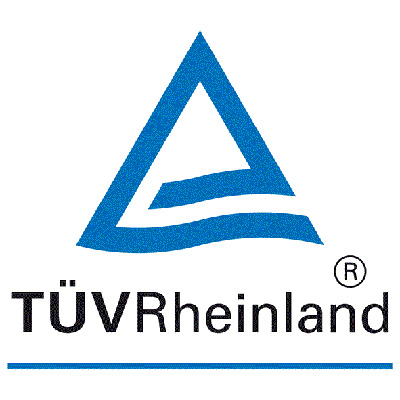Robotics Optical Filters
Friday, September20, 2024
Robotics Optical Filters
Application of optical filters in robots:

Image processing: In visual recognition systems, filters can selectively filter specific wavelengths of light to improve the contrast and clarity of images.Sensor optimization: Many robots use optical sensors to obtain environmental information. Filters can improve the signal-to-noise ratio of sensors, reduce interference, and improve data accuracy.
Laser ranging: In laser ranging and scanning systems, filters can effectively select laser wavelengths, reduce background light interference, and improve measurement accuracy.
Color recognition: In some applications, robots need to recognize different colors. Using appropriate filters can help robots capture and analyze color information more accurately, so as to make corresponding decisions.
Specific application wavelengths include:
Blue light (450 nm): used for high-contrast image processing.
Green light (525 nm): commonly used in color recognition.
Red light (650 nm): used for laser ranging and visual sensors.
Near infrared (850-940 nm): used for night vision and thermal imaging.
Infrared (1064 nm): used for laser scanning and ranging.
As a leading manufacturer of optical filters, Coligh Optics is proud to provide high-performance filters for robotic applications, helping the industry’s intelligent transformation. Common bandwidths and wavelengths include:
| Wavelength | 450nm | 525nm | 650nm | 850nm | 1064nm |
|---|---|---|---|---|---|
| Bandwidth | 20-30nm | 20-30nm | 20-30nm | 100nm | 10-20nm |







